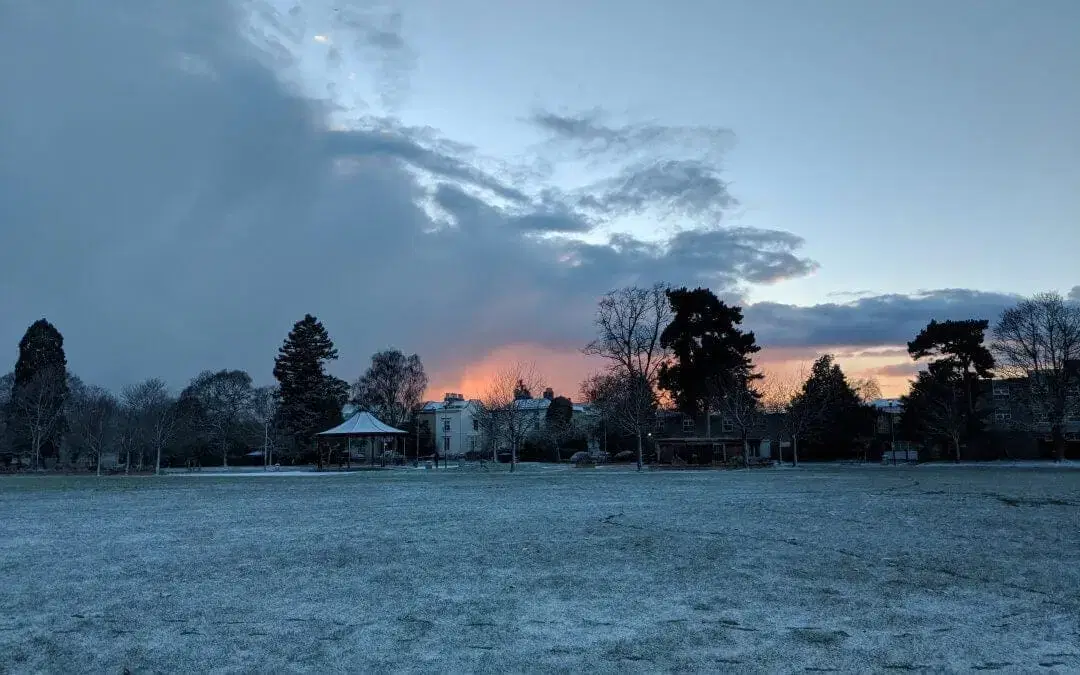Breath of fresh air for Gloucester by Admin | Gloucester News Centre - http://gloucesternewscentre.co.uk/Winds of change are set to sweep through Gloucester as the city council discuss plans to improve air quality.
Last month representatives from around the county met at Gloucestershire County Council’s Shire Hall to discuss the challenges facing authorities and how best to tackle air pollution.
Next month the city council’s Cabinet will be presented with a report which will make suggestions for how it can contribute to reducing the NO2 levels in the city, and help to improve the health and wellbeing of residents.
The management of air quality is a statutory duty of district councils and Gloucester City Council measures the levels of Nitrogen Oxide (NO2) at 32 different points in the city.
A study in 2016 showed that one of the main causes of poor air quality is idling vehicles. With major roads such as the A417, A430 and A38 passing through Gloucester there are areas which have high road traffic emissions.
The study identified three areas where this was a particular issue, and lead to the creation of three Air Quality Management Areas (AQMAs).
These are in Barton Street, Priory Road (set up in 2005) and Painswick Road (in 2007). They are the key areas for the city council’s efforts to reduce NO2 levels across Gloucester.
Amongst the options being presented by officers are recommendations to look at putting in no idling zones. An idling engine can produce up to twice as many exhaust emissions as when the vehicle is moving.By encouraging drivers to turn off their engines while sat in traffic, this can help to reduce emissions in key areas such as outside schools or hospitals.
By working alongside the county council to promote greener travel options like cycling or electric vehicles could also help to contribute to cleaner air and better health for residents.
Other options presented to cabinet include building air quality management into planning applications for the city’s regeneration schemes, and using smart technology to regulate the amount of traffic heading into areas with high NO2 levels.
The next step after the meeting will be to develop an action plan on improving air quality, with proposals coming back to cabinet in the Autumn of 2018.
Cllr Richard Cook, cabinet member for the environment at Gloucester City Council, said: “This is one of the first steps towards us making positive changes to the air quality levels in the city and help to improve the lives of residents.
“The proposals we’ll be hearing are really exciting, covering a broad range of options from education to changes in the city’s infrastructure.
“We’ll need to work alongside partners to put these plans into action, but the meeting last month shows that we all have our residents’ health and wellbeing at the front of our minds.”
The report will be discussed at cabinet on Wednesday 7th March.
Gloucester News Centre – http://gloucesternewscentre.co.uk






